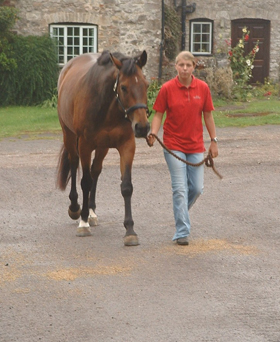What To Expect
The First Visit

A full assessment will be taken of the whole horse, including information on all possible and potential influences on your horse’s hooves – its nutrition, environment, management, the current and intended workload and surfaces available, as well as any previous medical or lameness history. This will be vital to help me to help your horse on the way to developing the best hooves it can. This is also a good time to discuss any concerns or questions you may have regarding ‘going barefoot’, to make sure it is the right decision for you and your horse.
The horse is seen walking and trotting up to assess gait, landing, biomechanics and soundness. Pre-trim photographs are also taken. (Shoes can also be removed if necessary).
Trimming is then done, and the horse is walked and trotted up again to double check for balance and correctness. Post-trim photographs are also taken, and any recommendations are discussed, including what sort of work your horse is currently capable of without shoes – you will also be given a written report - and the next appointment can be booked. This first visit does take some time – usually allow at least 90 minutes for everything to be done thoroughly.
Subsequent Visits
Should take less time – an hour is usually sufficient. This is the time to discuss any changes which have occurred, and the horse is re-assessed along the same lines as above. Post-trim photographs are usually taken, and you will also receive a written report. Ongoing advice and support in between visits is always available and clients are encouraged to call or email with any questions or for more advice.
General Information

Every horse and owner are treated individually, and advice will be specifically tailored to try and best fit with realistic aims and objectives, whilst taking into consideration what may or may not be possible.
I can make appropriate recommendations about using boots and pads, workload and hoof conditioning, topical treatments, dietary interventions, and management adjustments as necessary, which should all help the hooves to become the best they can.
As an owner of a barefoot horse you will need to take on some responsibility for appropriate care, work and management of hooves between visits, if you want to see an improvement. Both owner and EP need to work together to formulate a plan that will work for everyone – especially the horse.
